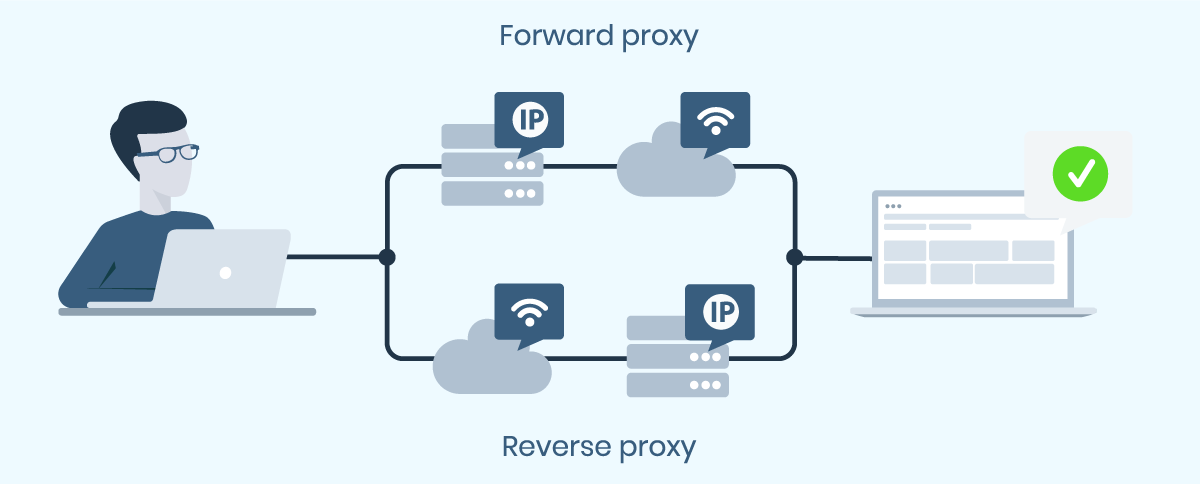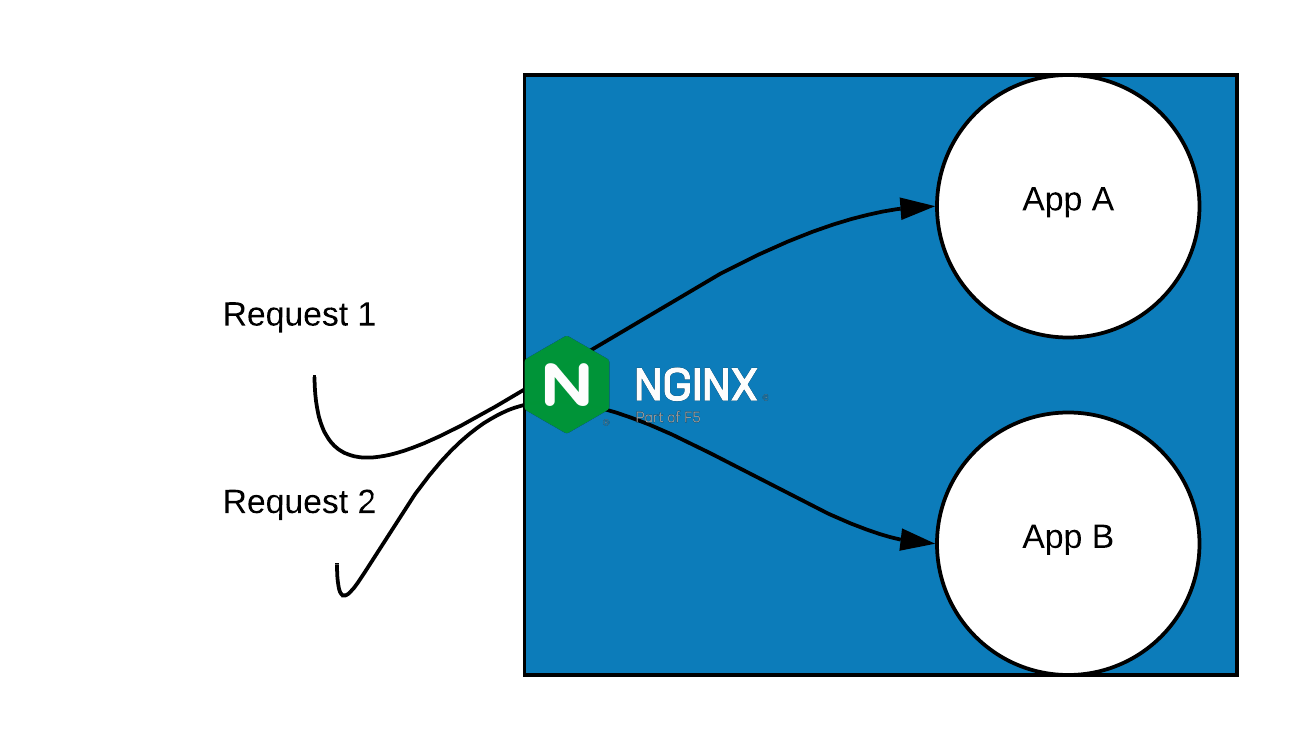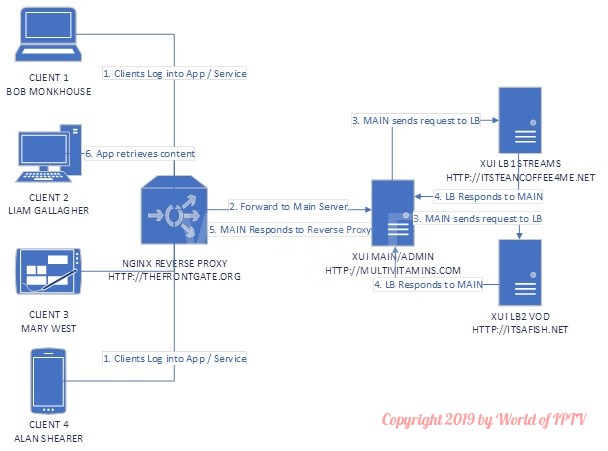
- Proxy vs reverse proxy nginx how to#
- Proxy vs reverse proxy nginx install#
- Proxy vs reverse proxy nginx update#
- Proxy vs reverse proxy nginx software#
(Note that you should replace the domain and the location of certificate with the ones of your own. Here’s a quick example of a working reverse proxy configuration. Next you can create a new one configuration for your domain:ĭebian & Ubuntu: sudo nano /etc/nginx/sites-enabled/nfĬentOS 7: sudo vim /etc/nginx/sites-enabled/nfĬentOS 8 : sudo vim /etc/nginx/conf.d/nf
Proxy vs reverse proxy nginx install#
Sudo apt-get install nginx -y CentOS 7: sudo yum install epel-release -yĬentOS 8: sudo dnf install nginx -y Step 2: Edit the configuration
Proxy vs reverse proxy nginx update#
Debian 9 or later & Ubuntu 18.04 or later: sudo apt-get update You can also get the latest build from the Nginx repo, or build from source if you need enhanced features or third-party modules. To make it quick, we’ll be installing from the official repository of your Linux distribution.
Proxy vs reverse proxy nginx how to#
Here’s an quick example of how to configure Nginx as a HTTPS reverse proxy. How to set up a HTTPS reverse proxy with Nginx

Expose/Protect your backend services (HTTPS to HTTP).Load balancing to route incoming requests.Here’s some common use cases for reverse proxies: And you can easily hide your backend API and avoid regional censorship with TLS. It’ll make your application scalable and resilient, as you can now control and monitor traffic with Nginx. Example 2: Configure SNI with the upstream directiveĪ reverse proxy acts as a portal between users and the real service, which is a common practice in deploying CDNs (Content delivery network).Example 1: Configure SNI without the upstream directive.502 Bad Gateway because of wrong certificates 502 Bad Gateway caused by mistaken upstreams Debian 9 or later & Ubuntu 18.04 or later:.How to set up a HTTPS reverse proxy with Nginx.I’ll call it nf, but it doesn’t really matter what you call it. The custom image representing our reverse proxy will need a Dockerfile file as well as a custom NGINX configuration file.

Only a server name like and can take care of that. After all, you can’t expect to know where to go. In a production environment, you’ll probably want your reverse proxy to use port 80 and 443, but since I’m doing everything locally without server names, I have to differentiate each of my web services by port. This is actually a good thing because this means that the host won’t be able to communicate to any of the exposed services of our other containers directly. Only ports in the reverseproxy service are exposed to the host machine. The nginx and apache services will use each of their respective images and depend on the reverseproxy service being available. The reverseproxy service will use an image that we’ll create shortly. To see where we’re heading, create a docker-compose.yml file with the following: We’re going to see how to create several web application containers and route between them with an NGINX reverse proxy container.įor simplicity we’re going to use two stock Docker images straight from Docker Hub and one custom image, the custom image being our reverse proxy. For example NGINX is known for being an awesome reverse proxy solution. While Apache can work as a reverse proxy, there are other options that work way better. I would need to set up a reverse proxy to route each request to a different container on the host.
Proxy vs reverse proxy nginx software#
The software was created by Igor Sysoev and was publicly released in 2004. If I were to containerize each application, things would behave a bit differently. NGINX is a web server that can be used as a reverse proxy, load balancer, mail proxy, and HTTP cache.

Each application is a different directory on the virtual private server (VPS). As requests come into my server, Apache routes them to the appropriate application via virtual hosts. As of right now I’m serving several web applications on Digital Ocean under a single Apache instance. This is because I’ve been exploring it as an option for the future of my personal web applications. You might have noticed that I’m doing quite a bit of Docker related articles lately.


 0 kommentar(er)
0 kommentar(er)
